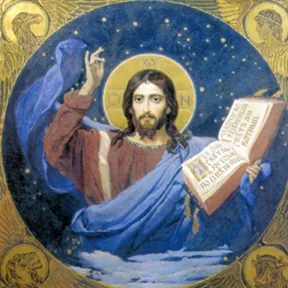The Origin of Adam & Eve Will Blow Your Mind
The tale of Adam and Eve is a story deeply ingrained in religious traditions and beliefs. However, beneath the layers of faith and devotion lies an intriguing connection to earlier mythologies of Mesopotamia, the cradle of civilization. It appears that the biblical account of Adam and Eve draws heavily from these ancient tales, suggesting that it is a reimagining rather than a historical reality.
In Mesopotamian mythology, we encounter the epic of Gilgamesh, a legendary hero whose adventures parallel those of Adam and Eve in surprising ways. The story of Gilgamesh includes a tale of a sacred plant that grants eternal youth, guarded by a serpent. Sound familiar? It's no coincidence that this motif reappears in the Garden of Eden, where a cunning serpent tempts Eve with the forbidden fruit of knowledge.
Furthermore, the Mesopotamian myth of Enki and Ninhursag presents another intriguing parallel. In this tale, Enki, a god of wisdom, creates a garden and a human-like creature called "Adamu" from the dust of the earth. The similarities to the biblical story of Adam's creation from the dust are striking. It seems that the Hebrew authors borrowed elements from these older narratives to construct their own theological framework.
Considering these connections, it becomes increasingly apparent that the Adam and Eve story is not a historical account but a symbolic and cultural creation. It serves as a mythological explanation for the origins of humanity and the presence of sin and suffering in the world. While the historicity of Adam and Eve remains questionable, the story's enduring power lies in its capacity to explore complex philosophical and existential questions in an engaging and relatable manner.
So, let us appreciate the Adam and Eve tale for what it is, a brilliant fusion of ancient mythologies, conveying profound insights into the human condition. Whether we take it as literal truth or poetic metaphor, the story invites us to ponder the timeless themes of temptation, fallibility, and the quest for knowledge. After all, it is in questioning and seeking understanding that we truly embark on the journey of enlightenment, much like the mythical figures of Adam and Eve themselves.















































